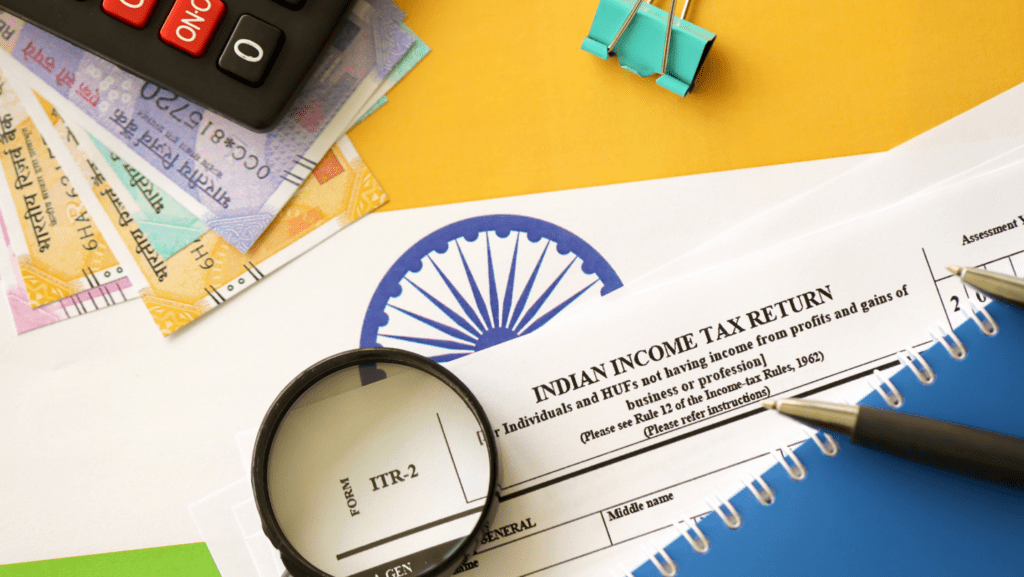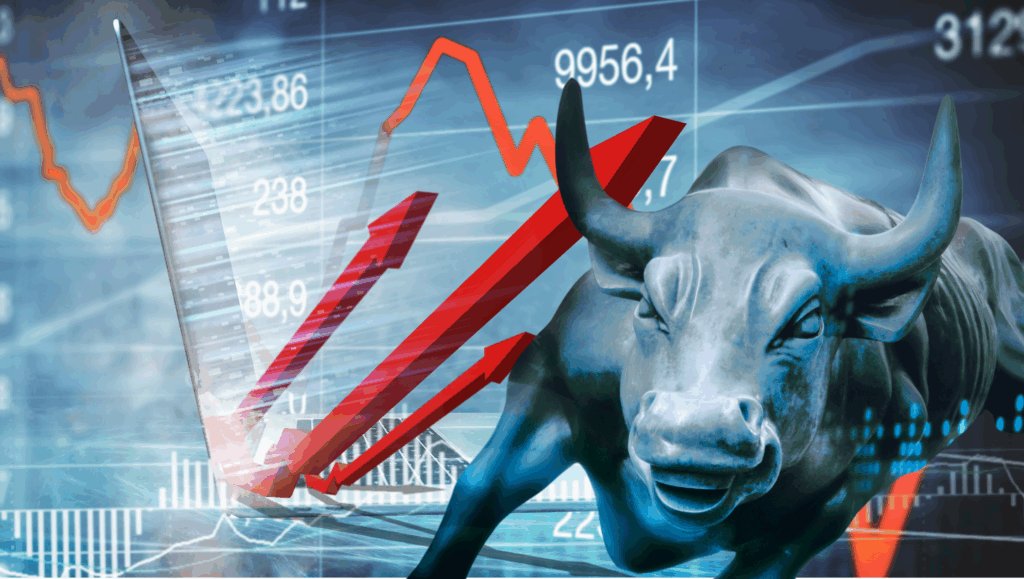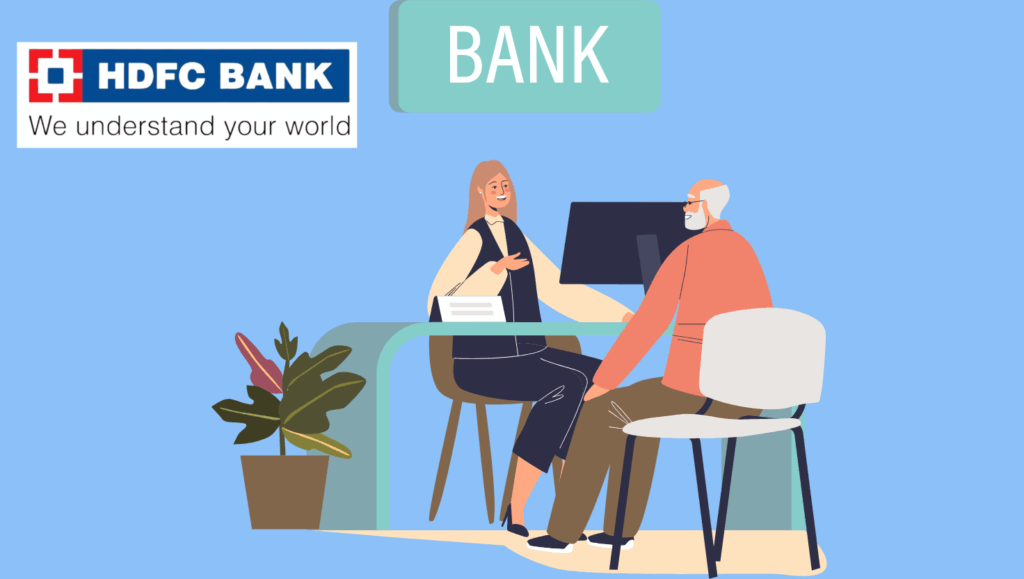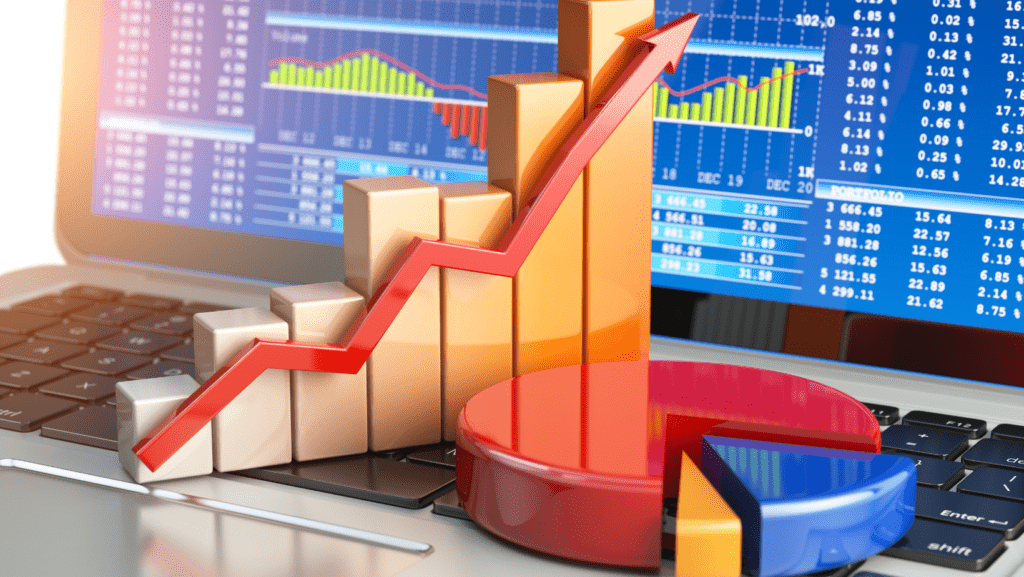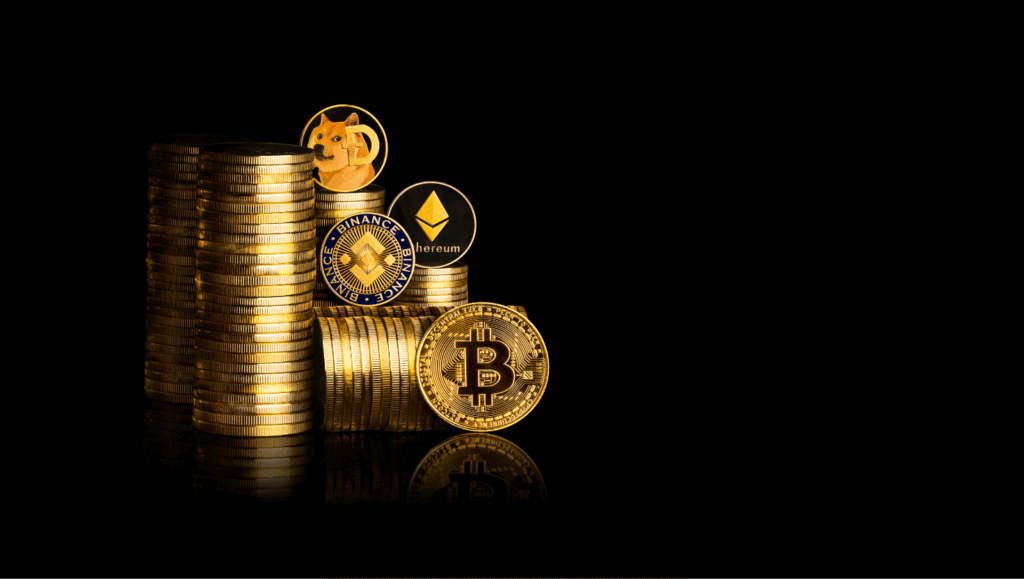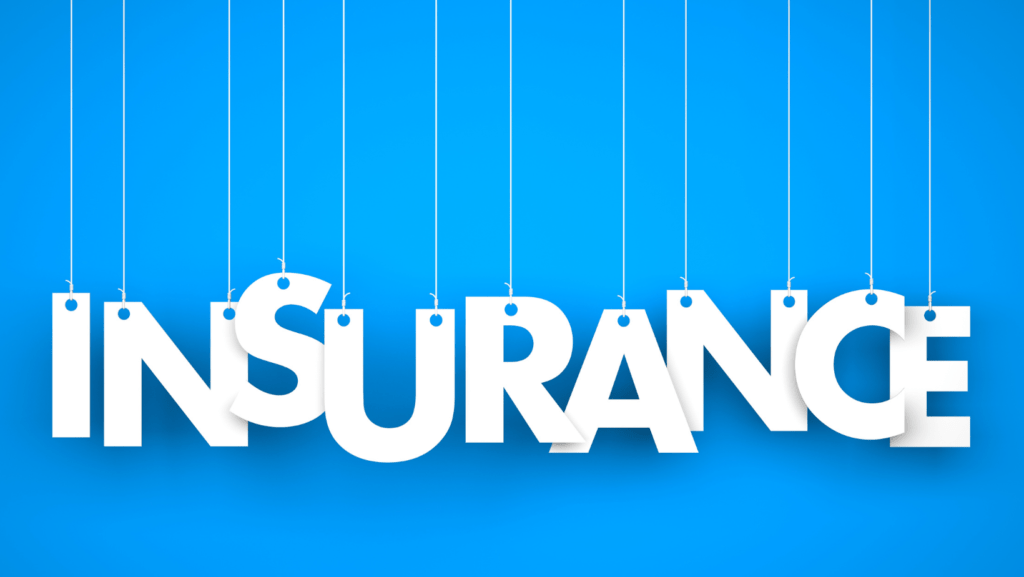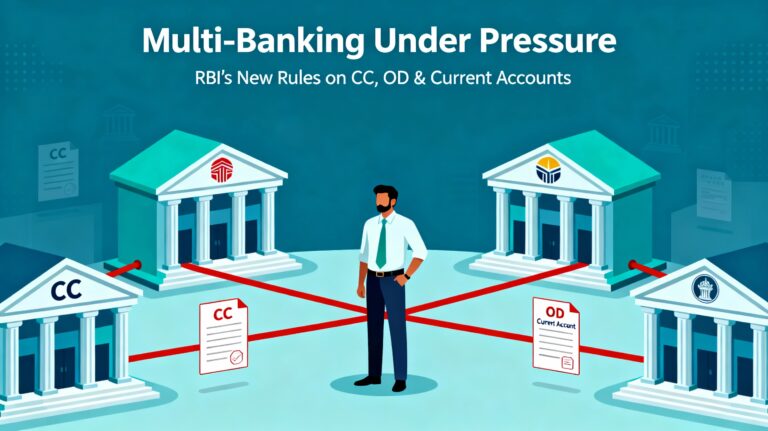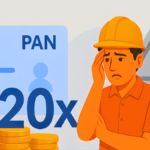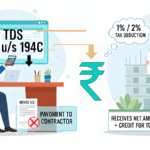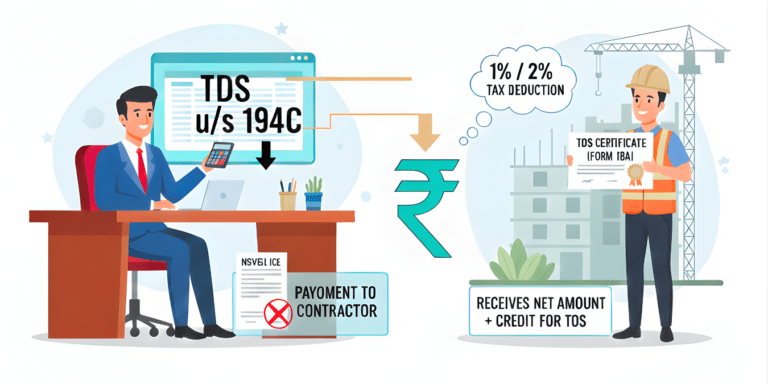
“Is your FD really safe? Discover how DICGC insurance protects ₹5 lakh per bank, risks of bank failures, and latest RBI guidelines. Compare FDs vs. post office schemes & corporate FDs. Learn smart strategies to invest safely . Read now!”
When it comes to securing your financial future, safety and reliability are often the top priorities for Indian investors. Among the plethora of investment options available—stocks, mutual funds, real estate, and gold—one avenue stands out for its simplicity and stability: the Fixed Deposit (FD). But the question lingers: Is it safe to invest money in an FD? Can the bank guarantee the return of your money? In this comprehensive blog post, we’ll dive into the latest data, explore the safety of FDs, and address whether banks can truly assure the return of your hard-earned money. Packed with insights “FD safety,” “Fixed Deposit returns,” and “best investment options in India,” this guide aims to help you make an informed decision.
What Is a Fixed Deposit (FD)?
A Fixed Deposit is a financial product offered by banks and Non-Banking Financial Companies (NBFCs) in India, where you deposit a lump sum for a fixed tenure at a predetermined interest rate. The tenure can range from as short as 7 days to as long as 10 years, depending on your financial goals. At the end of the term, you receive your principal amount along with the accrued interest, making it a popular choice for risk-averse investors seeking guaranteed returns.
FDs are often compared to savings accounts, but they offer significantly higher interest rates—typically between 5% and 8% per annum in 2025, depending on the bank and tenure. For senior citizens, these rates can go even higher, often by an additional 0.25% to 0.50%. But beyond the allure of steady returns, let’s address the core concern: FD safety and whether your money is truly secure.
Why Are Fixed Deposits Considered Safe?
Fixed Deposits have earned a reputation as one of the safest investment options in India for several reasons. Let’s break them down with the latest insights:
1. Regulatory Oversight by the Reserve Bank of India (RBI)
FDs offered by scheduled commercial banks in India are regulated by the Reserve Bank of India (RBI), the country’s central banking authority. The RBI ensures that banks maintain financial stability and adhere to strict guidelines, reducing the risk of default. As of March 2025, the RBI continues to monitor the health of the banking sector, issuing regular updates on capital adequacy ratios and non-performing assets (NPAs) to safeguard depositors.
2. Deposit Insurance Up to ₹5 Lakh
One of the strongest pillars of FD safety is the insurance provided by the Deposit Insurance and Credit Guarantee Corporation (DICGC), a subsidiary of the RBI. As per the latest regulations in 2025, all deposits—including FDs, savings accounts, and recurring deposits—are insured up to ₹5 lakh per depositor per bank. This means that even if a bank fails, your money (principal + interest) is protected up to this limit.
For example, if you’ve invested ₹4 lakh in an FD with a bank that goes bankrupt, the DICGC will reimburse you fully. However, if your deposit exceeds ₹5 lakh, the excess amount is at risk unless the bank is recapitalized or merged with a healthier entity—a process the RBI has successfully executed in past crises like the Yes Bank rescue in 2020.
3. Fixed Returns Unaffected by Market Volatility
Unlike stocks or mutual funds, where returns fluctuate with market conditions, FDs offer guaranteed returns. The interest rate you lock in at the time of investment remains constant throughout the tenure, shielding your money from economic downturns or stock market crashes. In March 2025, with inflation hovering around 5% (as per RBI estimates), FD rates of 6%–7% from top banks still provide a real return, making them a stable choice.
4. Track Record of Reliability
Historically, bank failures in India are rare, especially among public sector banks (PSBs) and large private banks like HDFC Bank, ICICI Bank, and State Bank of India (SBI). Even in cases of distress, such as the Punjab and Maharashtra Co-operative (PMC) Bank crisis in 2019, the RBI intervened to protect depositors, albeit with delays. As of 2025, the banking sector’s resilience has improved, with gross NPAs dropping to 2.5% (RBI Financial Stability Report, December 2024), reinforcing trust in FDs.
Can the Bank Guarantee the Return of Your Money?
While FDs are widely regarded as secure, the question of whether banks can guarantee the return of your money requires a nuanced answer. Here’s what the latest data and regulations reveal:
Yes, Up to ₹5 Lakh
Thanks to the DICGC insurance, banks can indeed guarantee the return of your money up to ₹5 lakh in the event of insolvency. This applies to all scheduled commercial banks, including public sector banks, private banks, and small finance banks. For instance, if you invest ₹3 lakh in an FD with SBI and the bank hypothetically fails (an unlikely scenario given its government backing), you’ll recover your entire amount with interest, courtesy of DICGC coverage.
Beyond ₹5 Lakh: A Conditional Assurance
For amounts exceeding ₹5 lakh, the guarantee isn’t absolute. It depends on the bank’s financial health and the RBI’s intervention. In rare cases of bank failure, depositors may face delays or partial losses on amounts above the insured limit. However, the RBI has a strong track record of orchestrating mergers or bailouts to minimize such risks. For example, in 2024, the merger of a struggling cooperative bank with a larger PSB ensured depositors recovered over 90% of their funds beyond ₹5 lakh.
Interest Rate Guarantee
Banks unequivocally guarantee the interest rate agreed upon at the time of opening the FD. Whether interest rates rise or fall during your tenure, your returns remain locked in. For instance, if you invest in a 5-year FD at 6.5% in March 2025, you’ll earn that rate until maturity, even if market rates drop to 5% in 2026.
Exceptions: NBFCs and Cooperative Banks
While bank FDs are insured, FDs with NBFCs and cooperative banks come with caveats. NBFCs like Bajaj Finance offer higher rates (up to 8.85% in 2025) and are rated for safety (e.g., AAA by CRISIL), but they aren’t covered by DICGC. Cooperative banks, despite offering attractive rates, have faced issues like the PMC Bank scam, highlighting higher risks. Thus, sticking to scheduled commercial banks maximizes safety.
Latest FD Interest Rates
To assess whether FDs are a worthwhile investment, let’s look at the latest FD interest rates from top banks :
- State Bank of India (SBI): 5.5%–6.8% (7.3% for senior citizens) for tenures of 1–5 years.
- HDFC Bank: 6.0%–7.0% (7.5% for senior citizens) for 1–10 years.
- ICICI Bank: 6.0%–7.1% (7.6% for senior citizens) for 1–5 years.
- Bank of Baroda: 6.1%–7.2% (7.7% for senior citizens) for 444 days–5 years.
- Bajaj Finance (NBFC): 7.5%–8.85% (for senior citizens) for 12–60 months.
These rates reflect a slight uptick from 2024, driven by the RBI’s efforts to balance inflation and economic growth. For conservative investors, these returns outpace inflation, ensuring your money grows in real terms.
Risks Associated with Fixed Deposits
No investment is entirely risk-free, and FDs are no exception. Here are the key risks to consider:
1. Inflation Risk
If inflation exceeds your FD interest rate, your purchasing power erodes. For example, with inflation at 5% and an FD rate of 6%, your real return is just 1%. This makes FDs less appealing for long-term wealth creation compared to equity mutual funds, which historically deliver 12%–15% annualized returns.
2. Interest Rate Risk
FDs lock your money at a fixed rate. If rates rise after you invest—say from 6.5% to 7.5% in 2026—you miss out on higher returns unless you reinvest post-maturity.
3. Liquidity Risk
FDs have a fixed tenure, and premature withdrawal incurs penalties (typically 0.5%–1% lower interest). This limits flexibility if you need funds urgently.
4. Bank Default Risk (Beyond ₹5 Lakh)
While rare, a bank’s failure could jeopardize amounts above ₹5 lakh. Diversifying FDs across multiple banks can mitigate this risk.
How to Maximize FD Safety and Returns
To ensure your money is safe and grows optimally, follow these expert tips:
- Choose Reputable Banks: Opt for public sector banks (e.g., SBI, Bank of Baroda) or top private banks (e.g., HDFC, ICICI) with strong financials and low NPAs.
- Stay Within ₹5 Lakh: Limit your FD per bank to ₹5 lakh (including interest) to stay fully insured.
- Diversify Across Banks: Spread larger investments across multiple DICGC-insured banks for added security.
- Ladder Your FDs: Invest in FDs with staggered maturities (e.g., 1, 3, and 5 years) to balance liquidity and returns.
- Check NBFC Ratings: If opting for NBFC FDs, choose those with AAA ratings from CRISIL or ICRA for reliability.
Alternatives to Fixed Deposits
While FDs offer safety, they may not suit everyone. Here are some alternatives in 2025:
- Debt Mutual Funds: Offer 6%–8% returns with moderate risk and better liquidity.
- Public Provident Fund (PPF): 7.1% tax-free returns (as of 2025) with a 15-year lock-in.
- Equity Mutual Funds: 12%–15% long-term returns, ideal for risk-tolerant investors.
- Government Bonds: 6.5%–7% returns with sovereign backing.
Are FDs Safe and Worth It
So, is it safe to invest money in an FD? Yes, FDs remain one of the safest investment options in India, backed by RBI oversight and DICGC insurance up to ₹5 lakh. Can the bank guarantee the return of your money? Largely, yes—up to the insured limit, with interest rates locked in for certainty. However, for amounts exceeding ₹5 lakh or in cases of NBFCs, due diligence is key.
In March 2025, with FD rates ranging from 5.5% to 8.85%, they offer a compelling blend of safety and modest growth, especially for conservative investors, retirees, or those saving for short-term goals like a child’s education or a home down payment. Yet, for long-term wealth creation, combining FDs with higher-return options like mutual funds may be wiser.
Before investing, use an FD calculator to estimate returns, compare rates, and align your choice with your financial goals. Whether you’re a salaried professional, a senior citizen, or a first-time investor, FDs can be a cornerstone of your portfolio—safe, steady, and reliable.
-
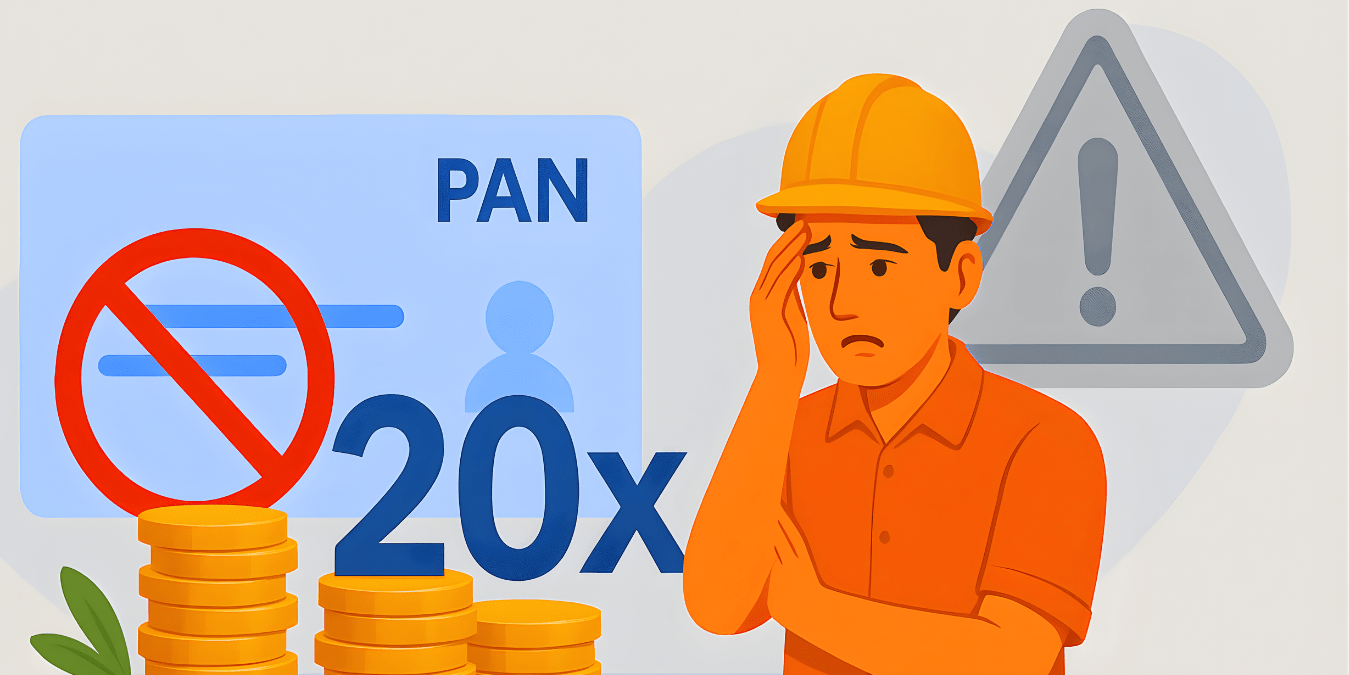
The Hidden TDS Trap: Why Your Unlinked PAN Could Cost Contractors 20x More in 2025
-
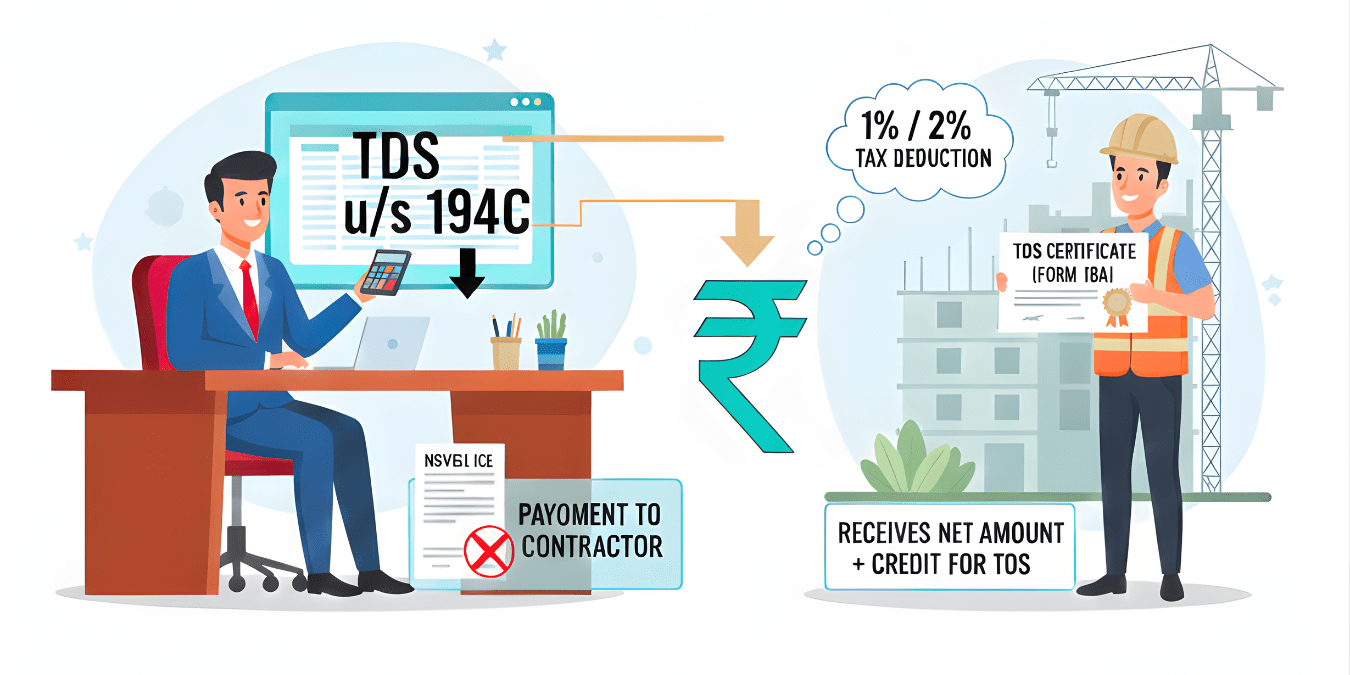
TDS 194C Alert: Contractor Payment Could Silently Block 30% of Your Business Expense
-

Why Compulsory Retirement Could Triple Your Gratuity Overnight – But Strip Your Pension Bare?
-

Canara GIGSTAR’s Hidden Loan Hack: 70% Gig Hustlers Win Big with Canara’s Secret Account Perks

